Issue 24 Flipbook

Pip’s May issue is full of inspiration and ideas to help you save money in the face of rising living costs, get busy in the garden, and lead a waste – free life.

Pip’s May issue is full of inspiration and ideas to help you save money in the face of rising living costs, get busy in the garden, and lead a waste – free life.
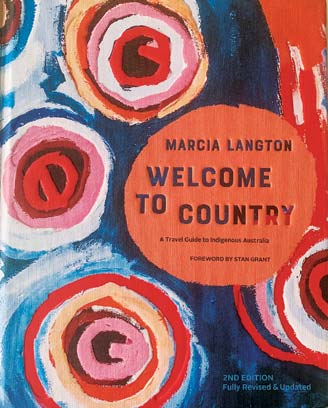
This is activist and academic Marcia Langton’s 16th book on Indigenous culture and was produced to help local and international travellers discover important lands and waters, and to do it by making cultural connections through the people who know it best.
An updated and revised second edition of the 2018 release, this 530-page hardcover book not only guides us towards the culturally significant places, events and experiences each state and territory has to offer, but also has a quiet word in our ear about ensuring visitors are respectful and ethical in all situations and dealings.
Split into two parts, Part one, called Introducing Indigenous Cultures, takes the reader on a succinct but important journey from precolonial history right the way through until now and even looking towards the future, putting a framework around the oldest surviving culture on earth and how it has evolved to where it is today.
Covering all sorts of topics in its 15 chapters from racist stereotypes through to ethical dealings in Indigenous art, it’s frank, honest and extremely useful.
Part Two, called Exploring Indigenous Australi
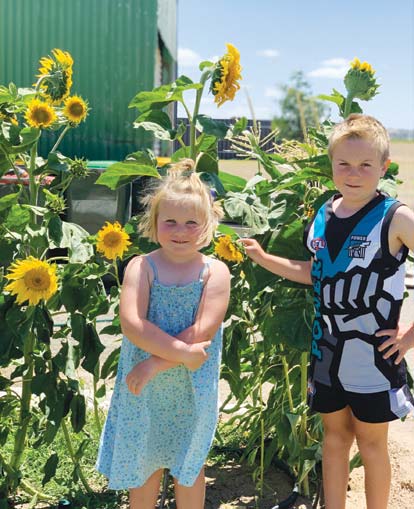
Our kids’ patch winners for this issue are Elkie and Kade from Light Pass, SA, you’ve won a Patternation Eco-City magnetic game which lets you design your very own sustainable city! Choosing from 140 tiles, Patternation allows you to incorporate elements such as community gardens, renewable energy, recycling and emission-free transport to create a great place for the community to live.
Smithfield, Queensland
Names Archer and Ayla Strauss
How old are you?
Archer: I’m five and a half.
Ayla: I’m three and a half.
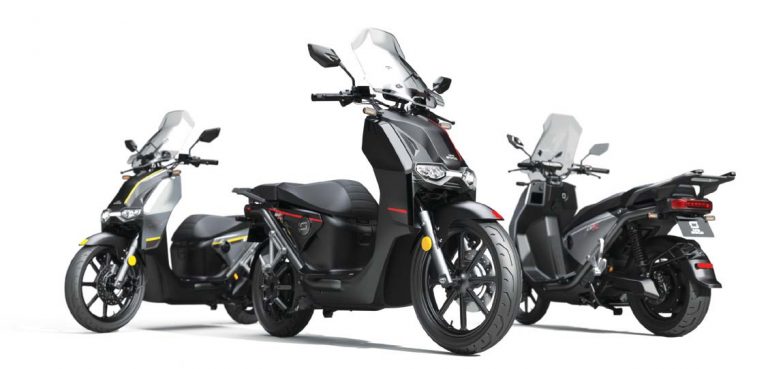
Electric-powered scooters are still very much in their infancy in this country, but there’s an all-electric brand trying to convince Australians to swap their petrol- powered transport for an emission-free option.
Super Soco is a relatively young Chinese brand which independently designs and develops its own products. In Australia, there’s a small range of scooters, mopeds and motorcycles available and with petrol prices rising sharply in recent weeks, we figured it was the perfect time to put one to the test.
The CPx is one of two scooter-styled machines in the four-model range and is equivalent to a 125cc conventional scooter, so you’ll need a motorcycle licence to ride it. As an aside, the brand offers a cheaper 50cc moped equivalent, which some Australian states and territories will let you operate on a car licence, called the CUx.
The 107 kg CPx’s larger-diameter wheels mean it’s safer and more stable than smaller-wheeled scooters, the non-adjustable screen offers some protection from the elements and, while it’s set up to take two batteries, sticking to a single battery leaves you with some room for some under-seat storage space.
BATTERY RANGE
Because the technology still has a long way to go, the battery range falls short of what we might be used to from a six-litre tank of fuel, but if you’re only covering short distances, the zero emissions more than make up for perceived lack of range. It’s charged via a standard 240- volt power outlet, with the charging cord attached directly to the battery (if it’s out of the bike) or into the outlet located below the front of the seat.
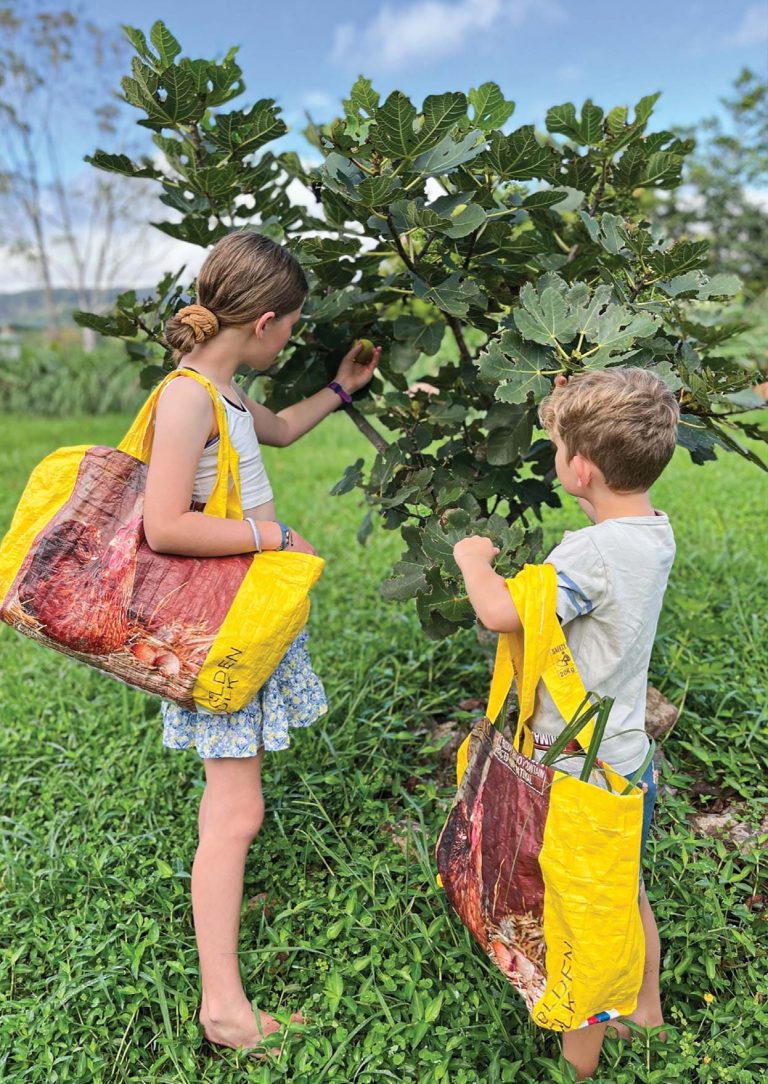
The large woven stockfeed bags may be designed for single use, but they’re strong, sturdy and far too good to throw away.
Polypropylene can potentially be recycled and used to manufacture other forms of plastic, but we can delay that process by turning them into robust tote bags. Often adorned with images of the animals their original contents were once destined to feed, with some simple cutting and sewing, you can create a unique shopping bag that will reliably carry all your awkwardly-shaped, bulky goods.

Making your own ink, dyes and art materials from the natural world around you is a deeply satisfying and almost therapeutic process. It not only grows your intimacy with the plants and soils of the place you live in, but also is a far more sustainable art practice, reducing transport, packaging and toxic ingredients.
Creating useable colour from an earth or botanical source is not a new thing; human knowledge of landscapes and their relationship with the natural world is how the first colours emerged to be transformed into paint pigments, fabric dyes or ink. In many places today the use of plants and soil as pigment continues as cultural practice; in other places it was taken over by industrialisation and man-made alternatives, but there’s now a rising interest in a return to natural colour sources. As a gardener you can choose to grow pigment plants that suit your climate, you can forage for plants – particularly weeds – or even use kitchen scraps.
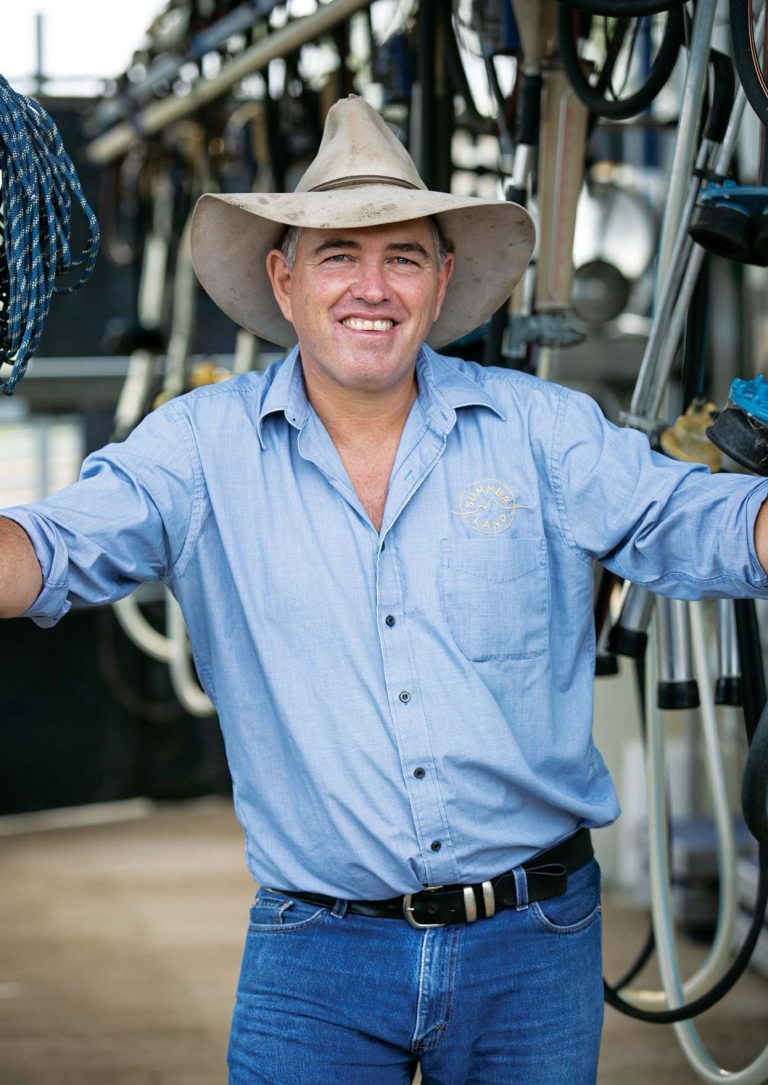
Seen by many as harmful feral animals, the humble camel has been put centrestage by a forward-thinking farmer at a regenerative dairy farm in Queensland.
In a classic case of ‘use what you have’, Paul Martin is not only addressing Central Australia’s exploding and problematic population of feral camels, he’s successfully integrating them into a diverse and sustainable farming business in southeast Queensland.
As well as transforming camel milk into a large range of low-lactose food products and skincare products suited to sensitive skin, Paul is finding ways to minimise the impact the large hard-hoofed animals have on his land.
But for Summer Land Camels, it goes far beyond simply minimising damage. Managed correctly, camels play an important role in biodiversity and weed control and, according to Paul, offer sustainable solutions to the challenges of feeding our growing future population.
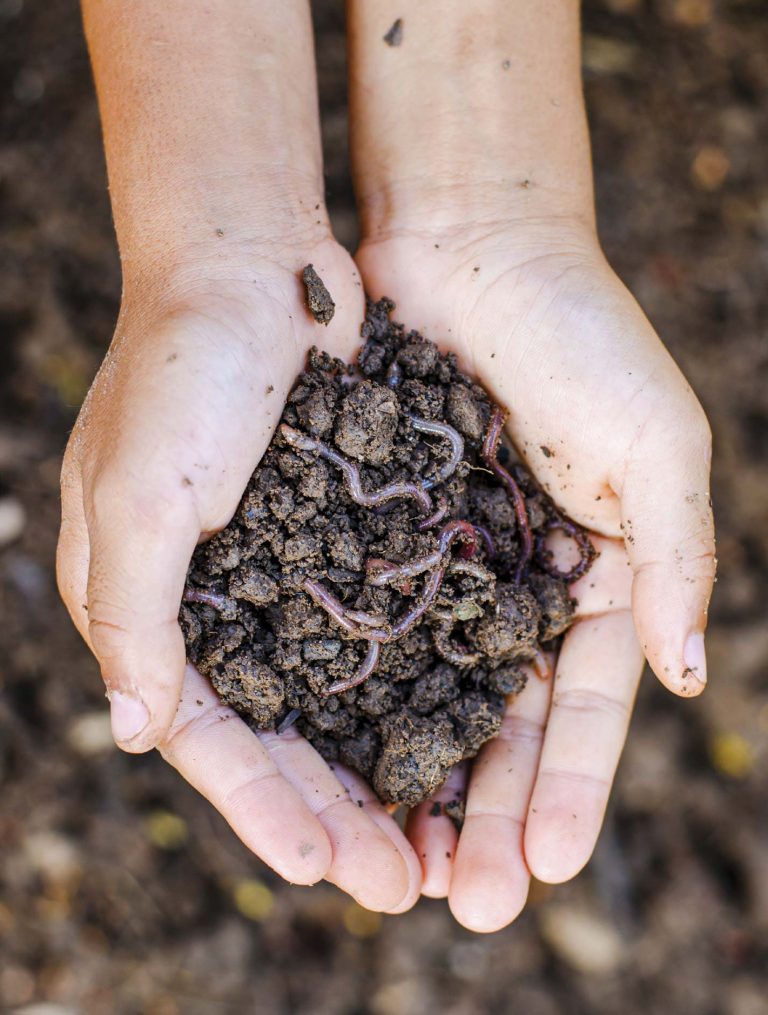
Most of us already know how effective worms are at turning kitchen waste into rich garden goodness, but there are other ways they can help around the home.
Worm farms have become an increasingly common sight in productive backyards and urban gardens over the last few decades. And given their compact design, lack of odour and minimal labour investment, it’s easy to see why.
While worm farming (also known as vermicomposting) remains one of the best ways to convert organic waste into soil-improving compost, the system also has the potential to do some heavier lifting for us around the house. Recent studies have shown vermicomposting is also an excellent option for treating grey and black wastewaters, stabilising heavy metals in soils and even degrading persistent chemicals within our soils.
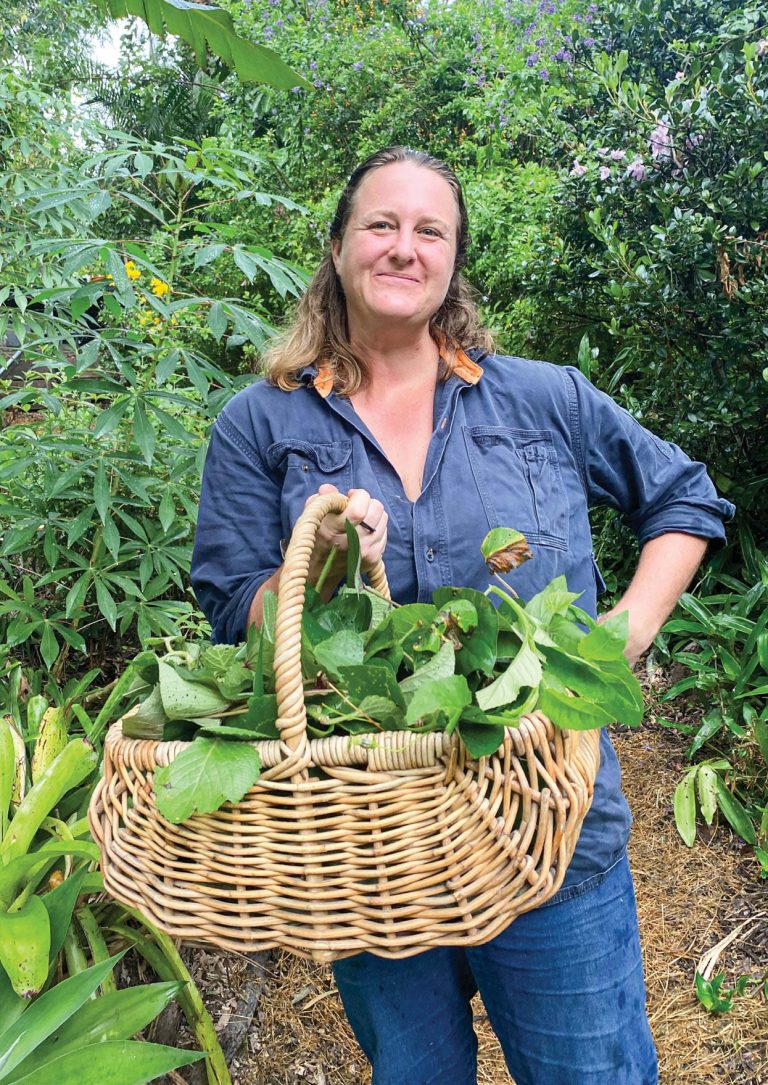
Science is starting to catch up with what gardeners already know – growing food and caring for a garden is hugely beneficial for the body, mind and spirit.
Research is still unravelling the mysteries of the human microbiome, but it’s certain that getting your hands dirty in the soil is really good for you. According to the Austrian Institute of Soil Research, soil and the human gut contain roughly the same amount of microorganisms. However human gut microbiome diversity is only 10 percent that of soil, and even that has decreased dramatically with the hygiene associated with today’s lifestyle. One 2019 study noted that soil ‘was essential in the evolution of the human gut microbiome and it is a major inoculant and provider of beneficial gut microorganisms.’
